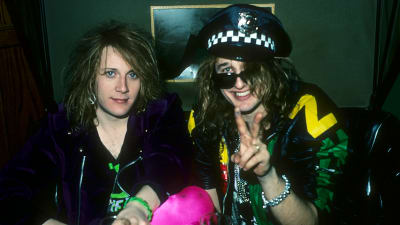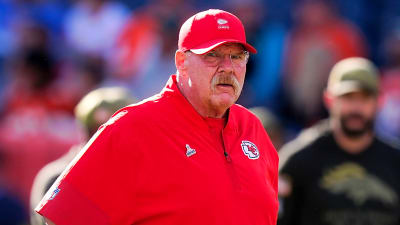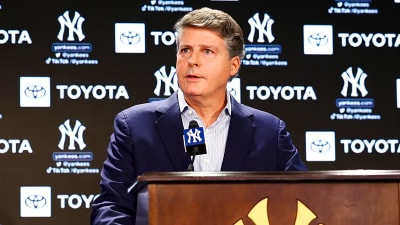Powder aims to feature only the best products and services. If you buy something via one of our links, we may earn a commission.
For 2026, Blizzard looked at the Rustler 11, which got updated back in 2024, and said “you can’t fix it if it ain’t broke.” I can actually confirm this happened as I watched it at a Blizzard product meeting in Austria this year, although it might have been a bit more nuanced. What did get updated on the Rustler 11 is the top sheet, and it’s about time. It’s been quite a while since Blizzard had a really cool top sheet, but the updated Rustler 11 means you might actually buy this ski based on what it looks like and not just what a fantastic ski it is.
This ski remains a great option for advanced skiers that will make you want to channel your inner FWT champion–it welcomes high speeds in unpredictable snow, provides a solid platform for stomping big airs, and can pivot and slash its way through the soft stuff.
Blizzard Rustler 11 Specs
- Size skied: 174cm, 180cm
- Lengths available: 168cm, 174cm, 180cm, 186cm, 192cm
- Sidecut: 140mm - 112mm - 130mm
- Radius: 19m (180cm)
- Profile: Rocker-camber-rocker
- Weight: 2000g (180cm)
Shape, Flex and Construction
My friends joke that I should wear a disclaimer on my helmet when I ski the Rustlers for people to not ask me about my skis on the lift unless they want an earful. I got to check out the Blizzard factory in Austria this past winter and watch the good folks of Mittersill actually hand-construct and test each pair of skis coming out of the factory. It was super cool, and I swear I only cried once.
Anyway, what stands out probably the most about the Rustler 11 is the core construction. Blizzard uses a technology they’ve coined the Trueblend Free Woodcore. Rather than using one type of wood as the base core for the ski, Blizzard uses 10-20mm wide stringers of beech, poplar, ash, and paulownia that are milled together. The stiffest woods are placed directly underneath the binding and work with the ski’s high cut to provide flex and stability when a turn is initiated. The length of these stringers are also adjusted to the specific ski length, so rather than just using the same construction for a 162cm ski and a 192cm ski, the flex profile is adjusted to each length.
To give the Rustler 11 that dependable stability, the Trueblend core is then layered with Titanal plates. However, rather than one solid sheet, these plates are segmented into side pieces and a center piece with the smallest offset in between to allow the ski to have torsional flexion throughout a turn. The result of this construction is a ski that has a progressive flex from tip to tail that’s tailored to the specific length and is super stable with the right amount of torsional flexion through a turn. Blizzard then uses a high molecular weight PTex base that keeps them running fast between tunes.
The Rustler 11 still features the same general freeride-friendly shape and profile as the older version and two previous years, with generous tip and tail rocker and a good amount of taper both front and back. There’s some camber underfoot for added edge grip and a little pop. All the topsheets on the brand’s skis are printed using a reduction or digital silkscreen process that takes 5-7 days to complete before being layered with TPU.
On-Snow Performance
The Rustler 11 will respond to any and every idea you’ve ever had about how you want to ski and help you achieve it. I’ve skied the Rustler 11 frequently since 2024 and have ridden it in a variety of conditions at quite a few mountains. It’s not quite my daily driver, but it’s close.
Despite being a 114mm-underfoot ski, the Rustler 11 carves unbelievably well due to the amount of torsional flexion in the ski and the damping properties of Titanal. My first time on the updated version was during a prolonged early season dry spell at Jackson Hole where ice moguls and firm groomers were more common than Jackson’s usual pow days. To my surprise, these powder skis performed unbelievably well and every time I’ve skied them in similar conditions, they’ve continued to.
As expected, they also perform brilliantly in powder given their wide tips and tails and 114mm underfoot width. In fact, pretty much any condition you put the Rustler 11 in, it will perform. Testers noted that it “allows the skier confidence, provides stability, and gives bulletproof clarity when skiing big lines that if your quads aren't making it down, the ski will help you get there.”
All that being said, the Rustler 11 is an aggressive, metal ski. Those who prefer something poppier or smearier might not like its stiffness.
Comparisons
You could easily compare the Rustler 11 to other aggressive hard-charging skis like the Rossignol Sender Free 110, Nordica Unleashed 120, and Dynastar M-Free 112. Testers found the Rustler 11 to be a bit more dynamic and playful but equally stable to the Dynastar M-Free 112. While it might not be quite as stable as the Sender Free 110, the difference is only marginal and what it lacks in confidence inspiring stompage, the Rustler 11 makes up for in versatility and balance. The most similar of the bunch, the Unleashed 120 showed a preference for shorter, poppier turns whereas the Rustler 11 felt more neutral.
One tester also compared the Rustler 11 to another ski with perhaps a similar cult following–the Moment Deathwish 112. “I like the two skis equally,” he said, “With the Blizzard Rustler being more burly and better on-piste, while the Deathwish has the feeling of a true freestyle ski that excels in most conditions, particularly soft snow.”
What type of skier is the Blizzard Rustler 11 best for?
Blizzard’s Rustler 11 is your ultimate companion for lift-access backcountry and inbounds big-mountain skiing. If you’re the type of skier chasing Hollywood lines under the chair, big cliffs and high speeds in steep, dicey terrain, the Rustler 11 will not disappoint. At mountains like Jackson Hole, Sunshine Village, Alta, Palisades, or Whistler Blackcomb, the Rustler 11 is a do-it all ski for just about every condition that will unlock the best terrain you can find.
More must-reads:
- Bucks' Giannis Antetokounmpo surpasses career milestone vs. Nets
- Orioles hope veteran closer can return to All-Star form with recent signing
- The 'Five game-winning-drives in a season' quiz
Breaking News
Trending News
Customize Your Newsletter
 +
+
Get the latest news and rumors, customized to your favorite sports and teams. Emailed daily. Always free!








